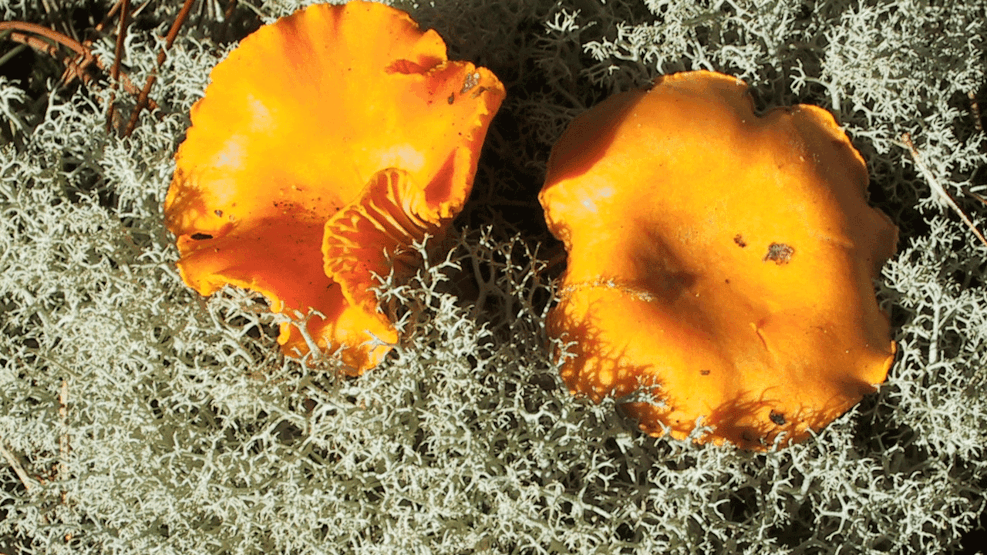
Læsø Klitplantage
Læsø Dune plantation is not quite old.
Læsø Dune plantation is not quite old.
In the 1930s, the state began planting more acreage with forest fir and sitkagran.
There are plenty of opportunities to experience how nature develops in such a young forest area. There have previously been extensive pine forests on Læsø.
In the dune plantation you will find:
Højsande:
It is an absolute must to visit Højsande when you are in Læsø Dune Plantation. It is a hilly dune with scattered birch and one. In the eastern part of the dune plantation. Trot across the area and reach the island's highest point at 48 meters above sea level. When you stand at the top you can see far around. The trees to the north stand out, giving you a great view of the Kattegat.
Horneks Odde:
If you take a trip out to Hornek's Odde, you will experience the most prominent headland of the north coast. In quiet weather you may be lucky to see seals lying on the rocks in the sea. Here is also a very rich bird life and a few original lobster huts.
Visit Læsø has taken the initiative to set up 2 binoculars below the Hornekshuset.
Hvide Bakker:
At Hvide Bakker is one of Læsø's most beautiful beaches. The view of Nordre Rønner from the rather high dunes here at Hvide Bakker is formidable.
Læsø stone:
A little west of Storedalsvej in the middle of Læsø Klitplantage you will find Læsøstenen. It was erected on Forest Day in 1998, precisely at the site where it is believed that Læsø rose from the sea 3,000 years ago.
Skansen:
At Storedal a few hundred meters east of the parking lot lies an impressively preserved past reminiscence of Skansen, called the fortress facility, which is probably several hundred years old.
Badesøen:
At Lake Bath, you can prepare your food over the campfire. You can also spend the night in the shelter and wake up to a beautiful view of the small lake.